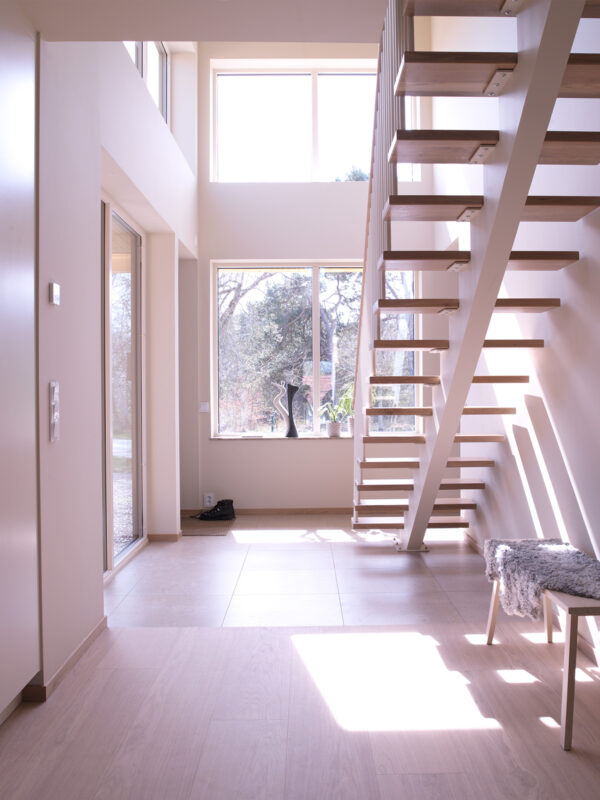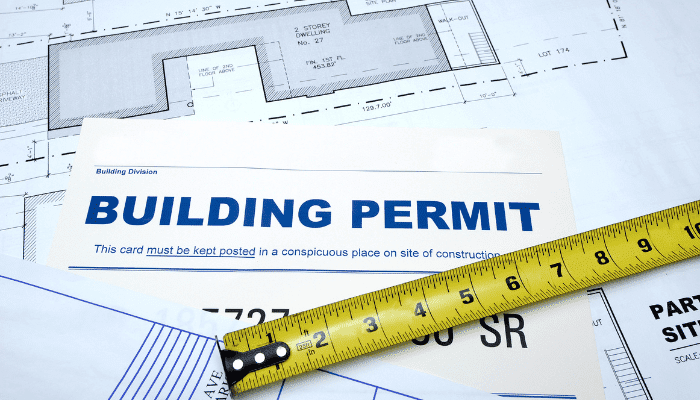
Did you know that installing home lifts in Australia must meet strict safety and quality standards? It’s important to know the rules. Elevator regulations are there to keep your lift safe, reliable, and ready for daily use.
Why Do These Rules Matter?
- Safety First: Compliance ensures important elevator safety features, like emergency brakes and backup power, are in place.
- Legal Requirements: Non-compliance could result in fines or prevent the lift from being used.
- Peace of Mind: Meeting Australian standards guarantees your lift is built to perform reliably and safely for years.
From lift installation to regular checks, everything must meet Australian safety standards. This makes sure your family stays protected, and your lift works perfectly.
In this blog, we’ll explain the key regulations in simple terms. You’ll know what to check and how to ensure your lift follows the rules. It’s easier than you think!
Let’s understand this further in detail.
Why Understanding Elevator Regulations Is Essential
Ignoring rules for home lifts or elevators for homes can lead to accidents, fines, or delays in using the lift. Following the standards guarantees a smooth and safe experience for everyone, especially children and elderly family members.
Safety and Compliance
Elevator standards are designed to keep users safe. They ensure every lift includes key elevator safety features, like:
- Emergency stop buttons.
- Door sensors to prevent accidents.
- Emergency rescue features.
- Backup power systems for power cuts.
If these standards aren’t followed, homeowners or contractors can face legal penalties. Compliance means peace of mind, knowing your lift is safe for children, elderly family members, and everyone else.
Enhancing Accessibility and Convenience
Lifts make homes easier to navigate for elderly residents or people with mobility issues. Regulations ensure that lifts meet specific accessibility requirements, like:
- Dimensions: Enough space for wheelchairs or mobility aids.
- Controls: Buttons placed at an easy-to-reach height for all users.
This makes lifts practical and user-friendly for everyone.
Key Australian Elevator Standards and Guidelines
AS 1735: The National Standard for Lifts
The AS 1735 series is the main standard for lifts in Australia. It sets the rules for elevator safety regulations, design, and performance. Key points include:
- Size: Minimum dimensions for cabins.
- Weight Limits: Rules for safe load capacities.
- Fire Safety: Keeping lifts safe during emergencies.
If you’re planning a lift installation, this standard ensures your lift meets all safety requirements.
Building Codes of Australia (BCA)
The BCA regulates how lifts are installed in residential buildings. It ensures lifts meet structural and safety standards while fitting seamlessly into your home’s design. Key areas include:
- Safe integration into new or existing homes.
- Requirements for lift shafts, space, and accessibility.>
Following the BCA keeps your elevator legal, safe, and well-designed.
Electrical and Maintenance Standards
Every elevator must comply with lift maintenance regulations. Proper wiring, controls, and power backups are a must.
Regular maintenance is also required under Australian law to ensure safety. This includes:
- Inspecting safety systems like brakes and sensors.
- Servicing lifts to prevent breakdowns.
With regular checks, your lift will run smoothly and safely for years.
Accessibility Regulations and Universal Design Standards
Australian Disability Discrimination Act (DDA) Compliance
Elevators in Australia must meet accessibility requirements under the DDA. These rules ensure that lifts are safe and easy to use for everyone, including people with disabilities.
Key features required include:
- Braille buttons for visually impaired users.
- Handrails for support and balance inside the lift.
- Audible signals to announce floors for clear communication.
These features make home lifts user-friendly for all residents, ensuring no one is left out.
Universal Design for Home Elevators
Universal design means creating lifts that work for everyone—young, elderly, or people with mobility issues. Adding universal design features now can help future-proof your home, saving time and money later.
Benefits include:
- Wide cabins to fit wheelchairs or mobility aids.
- Easy-to-reach controls for all users.
- Smooth, quiet operation for comfort.
A well-designed lift ensures accessibility today and prepares your home for future needs.
Installation, Permits, and Approval Processes
Getting the Necessary Permits
Before installing a lift, you’ll need the right permits and approvals from your local council. This includes checking that your lift meets elevator code compliance and building standards.
Key points to remember:
- Work with a certified contractor who understands the process.
- detailed plans and specifications for council approval.
Getting the right permits avoids delays and ensures the lift is installed legally and safely.
Inspection and Certification
Once your lift is installed, it must pass inspections to ensure it meets Australian regulations.
- Pre-installation: Checks to confirm the space and design meet safety codes.
- Post-installation: Inspections to test safety features and operation.
After approval, you’ll receive a certification confirming your lift meets all legal standards. This step is important to ensure your lift installation is safe, reliable, and ready for use.

Choosing a Compliant Elevator System
Working with Certified Installers and Manufacturers
When installing an elevator, working with professionals who understand Australian rules is key. Certified installers ensure everything is done correctly and safely.
Why is this important?
- Safety comes first: Proper installation includes important features like alarms and safety sensors.
- No shortcuts: Certified teams follow standards, so you don’t face problems later.
- Quality work: Experienced professionals deliver reliable lifts that last longer.
Look for installers who follow the AS 1735 standards and have the right permits. It saves time, money, and stress, knowing your lift is safe and legal.
Features to Look for in a Compliant Elevator Safety Regulations
For a lift to meet Australian rules, it must include certain elevator safety regulations and functional features.
What to look for:
- Emergency alarms: Alerts in case the lift stops suddenly.
- Battery backups: Keeps the lift working during a power cut.
- Safety sensors: Stops doors from closing if someone is in the way.
Energy-efficient models are a good choice too. They save power and reduce running costs, making your lift better for your home and the environment.
The Cost of Compliance
How Regulations Affect Installation Costs
Following the rules can add to the cost of installing a lift. Things like permits, safety features, and design changes may be needed to meet Australian standards.
For example:
- Adjustments to make the lift wheelchair-friendly.
- Adding safety systems like alarms and sensors.
- Certification checks to ensure the lift meets legal requirements.
While it may cost more upfront, skipping compliance can lead to bigger expenses later, like fines or repairs.
The Long-Term Savings of Compliance
A compliant lift saves you money and trouble over time. It runs smoothly, needs fewer repairs, and keeps everyone safe.
How does it help?
- Fewer issues: Properly installed lifts are more reliable.
- No fines or delays: Following the rules keeps everything legal.
- Safe and sound: You’ll have peace of mind knowing your lift works as it should.
Spending a little more to follow the rules now ensures your lift works safely and efficiently for years to come. It’s a smart decision for your home and family.
Tips for Ensuring a Smooth Installation Process
To make the installation of your home lift stress-free, it’s important to plan ahead and stay informed.
- Check with your council to understand the permits and rules for installing elevators for homes. This avoids delays and ensures your lift follows local laws.
- Always choose an installer with the right certifications and experience. Ask for their compliance records to ensure they meet safety standards like AS 1735.
- Rules and requirements can change. Stay informed about any updates to Australian safety and accessibility laws.
Choose SWIFT for Your Home Lift
With SWIFT, you get lifts that are safe, reliable, and designed for families. Every lift is EN81-41 certified and comes with essential features like emergency brakes, backup power, safety sensors, emergency alarms and much more,
We follow all Australian standards, so you don’t have to worry about compliance or safety. Our team ensures smooth installation and long-lasting performance.
Get in touch with SWIFT today. Let’s help you find the perfect lift for your family. Simple, safe, and certified.
FAQs
The AS 1735 standard sets safety and performance requirements for lifts in Australia. It ensures your elevator operates safely and meets legal guidelines.
Yes, most councils require approval for lift installations. Always check with local authorities before starting the process.
Yes, lifts must meet accessibility requirements, such as providing enough space for wheelchairs and easy-to-reach controls.
Non-compliance can lead to fines, delays, or restrictions on using the lift. Always work with certified professionals to avoid these issues.
Your elevator should be inspected regularly, typically once or twice a year, to ensure it’s safe and operating correctly. Regular maintenance helps prevent breakdowns.
Get in Touch!










